How To Become A Fashion Designer – A Beginner’s Guide
Some basic sewing skills and finding your niche can kickstart your fashion designing journey!
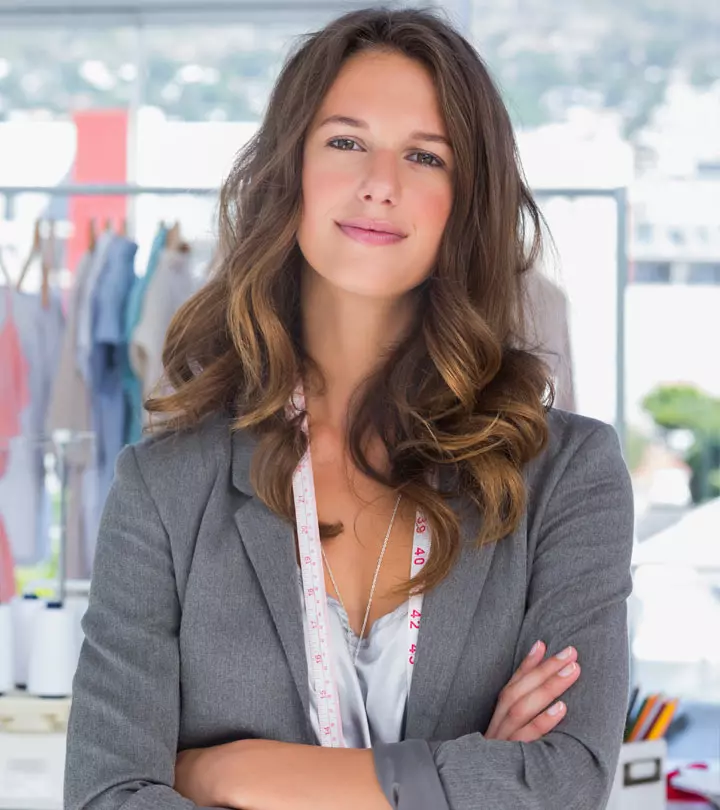
Image: Shutterstock
If you are wondering how to become a fashion designer, you will be glad to know that you have landed yourself perfectly on the right page. Today, in this article, we will give you all the details about choosing fashion designing as your career. Well, if you have thought about being a fashion designer already, you probably do have a thing for creativity because fashion designing is really an art form that demands immense creativity from the designer. If you are interested in fabrics and textures and you know how to play with colors and their very many shades, then it’s great because you will be needing the help of those interests. But it’s much more than just those mentioned aspects. You will also need to understand how to choose a target group, analyze markets, decide a niche, comprehend fashion merchandising, and the like. So, please scroll down and give this piece a read to know what it takes to be a successful fashion designer.
In This Article
What Is Fashion Designing?
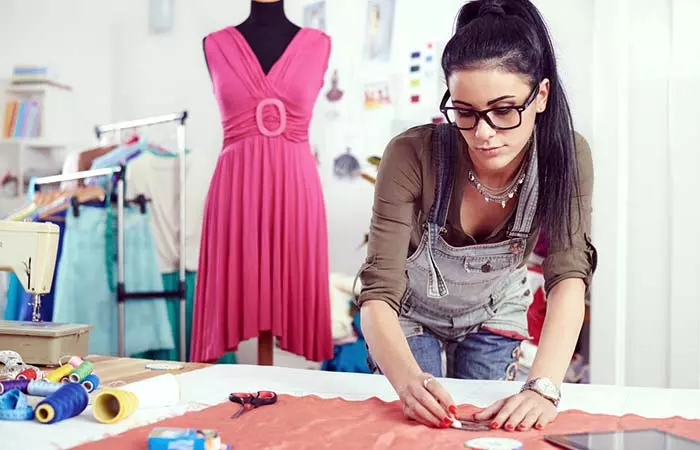
Let’s just look at the big question and understand what fashion designing really is. Simply put, fashion designing is everything you can think of when you talk about clothes and accessories. It deals with applying the art form into creating designs that aesthetically take influence from social, geographical, economic, and cultural conditions. And, fashion design and related courses give you direction, structure, and understanding of all the essential elements involved before you get there. Some courses deal more with certain attributes than the rest, depending on the niche, and eventually, the specialization. So, somewhere down the line, you also have to start thinking about which part of the spectrum you want to stick to.
 Trivia
TriviaKey Takeaways
- Women’s wear, athleisure, bridal, and sports are some of the major fashion industries.
- An aspiring designer should prioritize working on their sewing and sketching skills.
- There are three aspects to designing a garment—sketching the design, picking the fabric, and checking the technical aspects, like customization.
- Haute couture means made-to-measure designs, while mass production is an economical clothing option where clothes are made in bulk; ready-to-wear options are a blend of both.
Learn How To Become A Fashion Designer
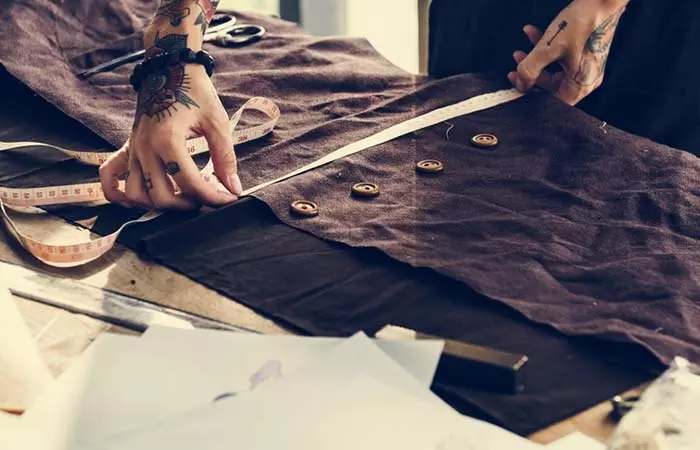
If you want to become a fashion designer, there are several ways you can do this – one is by taking up the conventional and more practical route of doing a course in fashion designing. Or, doing it the not-so-conventional-way without a certificate/diploma or degree and letting your passion take the lead. Some might argue that you do not need a degree to become a fashion designer, but you need to understand that it’s not an easy feat to pull off. However, considering the passion for the subject, it will be worth it. There is no right or wrong way of doing it, nor a fixed formula for success.
While formal education in fashion designing takes a structured approach, the direct or informal approach will entirely depend on you and the effort, time, energy, etc. that you decide to put into achieving your dream.
Here’s what you should be prepared to deal with:
1. Sewing Skills
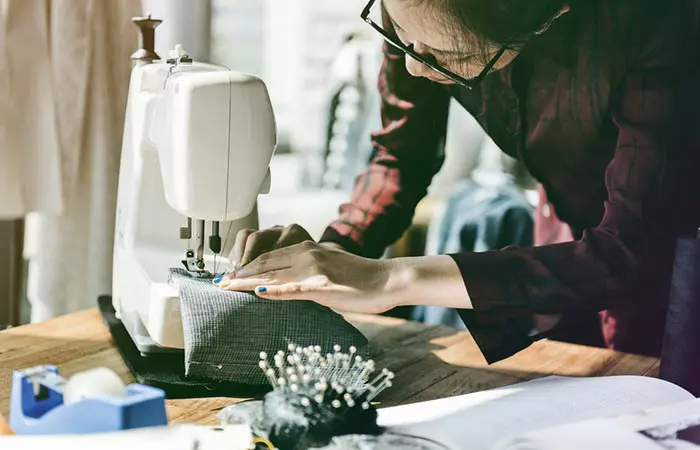
The basis of making a garment is sewing. So, as an aspiring fashion designer, you should hone your sewing skills. Understanding techniques make your sketching easy. You will deal with the nature of different fabrics and textiles and work with each of them. Pattern making and garment construction will form the foundations of your skills. The designs inadvertently depend on several such factors. If you carefully observe the work of some designers, there is a signature stitch, style or technique they base their work on. That comes with experience, experiments, research, and grip on the subject. As a beginner, spend a lot of time in improving this skill, and it will go a long way as you work your way up.
2. Designing
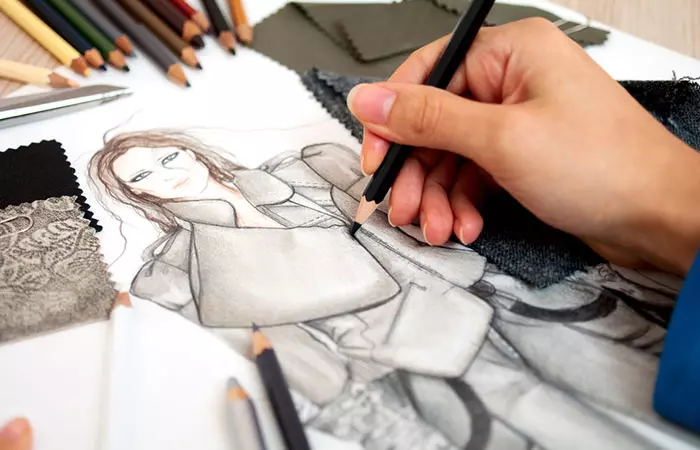
Successfully designing garments and creating your collection means bringing a lot of important elements together.
- Sketching is, of course, the first big thing in this process, and the skeleton for building the outfit. Draw a rough sketch first, which is a great way to start off. Also, because penning down is different from visualizing it! It’s the only way you can improvise, so be prepared to sketch, and do lots of it.
- Choosing the fabric and what you want to make of it is the next big thing. You can be, however, creative and futuristic with patterns and prints, but without the right colors and even the shades, it can all fall flat. Every color comes in a million shades, and hitting that nail on the head with the exact tone is an art in itself. An eye for detail is what you need. That’s why when you observe any significant collection, you see that the designer takes a theme and extensively plays with each color and pattern. It’s quite a balancing act.
- Technical details, which most of us laymen do not see through. It is no less than science because you take your rough sketch to the next level and make this the blueprint of each garment. How else do you think so many body types fall into a size category? Big companies have an entourage working on a multitude of aspects for each collection while deciding on the sizes, customizing each pattern and making every part of this puzzle fall into place.
3. Deciding A Niche

As a beginner, all fashion enthusiasts want to make haute couture and think that making expensive clothes will get them a breakthrough. However, it is not true and is just the opposite. Plus, there’s a lot more than haute couture, the markets have opened up multifold, and if you are really good, you can open up a whole new dimension. Based on where your interest lies, slowly start thinking of a niche as you progress with your fashion designing course/ internship/ career. Here are your choices:
- Haute Couture– Made-to-measure or haute couture started back in the day when every garment or dress was made for a particular client. Great attention to detail is given to the fabrics, colors, technique, and fit over price. Only elite members of the society had access to designers who made haute couture dresses. However, times have changed, and the talent pool has increased. Haute couture is more accessible now – from runways to flagship stores and red carpets – they are everywhere. Even though it is a dream of every fashion designer to get there sometime, it is not a great first step. However, with perseverance, you will get there anyway.
- Mass Production – It is just the opposite of haute couture. These outfits are available in bulk, and for everyone, plus these are economical too. Big brands with their team of designers choose a particular model, type or pattern that is catching up that season and machine-make the outfits. A business model that is considered most profitable because there are a higher number of opportunities that cover the relatively low cost of production.
- Ready-To-Wear (Pret-a-Porter) – The next big thing in the fashion industry is ready-to-wear, which is an in-between variant of the two. So, the designers who showcase their work at exhibits, runways, and red carpets also make similar high-quality garments, but in lesser quantity. These outfits are exclusive, yet ready-to-wear.
4. Customer Need Analysis By Identifying Gap In The Industry
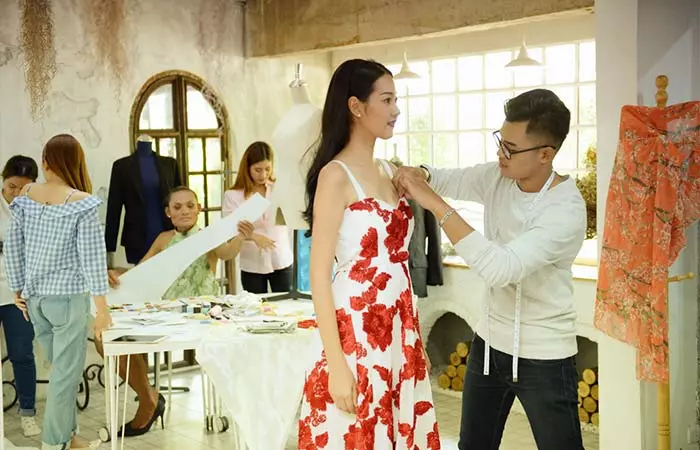
You can’t keep your leg in more than one boat, so choose an industry first and then do tons of research on it. The industry could be anywhere from men’s wear, women’s wear, kids’ wear, sports, bridal, athleisure or a combination of two or more. Fashion designing courses also teach you research techniques that help you analyze the chosen industry. You need to dig deeper to understand the needs of your niche and see if there is an opening for you to enter. If there is a gap, identify opportunities of how and where you can launch your collection. This pre-production needs a lot of brainstorming and if done correctly, is half the battle won.
5. Fashion Buying and Merchandising

Another interesting and important aspect of becoming a successful fashion designer is understanding the pricing techniques based on the production cost and overheads involved. Fashion merchandising is a subject in itself that teaches you consumer behavior, pricing, and economics of running a profitable fashion business. Passion is one thing, but running a business is a whole new ball game and not everyone’s cup of tea. Learning the market to verify what trends are in demand is critical to your exposure.
6. Market Analysis And Strategy

Whether you choose to take up fashion designing under a label after your course or take the route of fashion entrepreneurship, you need to understand those other necessary peripherals that need honing apart from the craft itself. Fashion marketing is necessary to be able to share your creations with the masses. Designing dresses is just one part of the process. You need to also understand market conditions, trends, consumer preferences, conducting consumer surveys, market research, and launch strategy. This can help one adapt their offering according to customer needs and achieve success in the dynamic fashion industry. Knowing the pulse of your market and customers is what takes your fashion business to the next level.
7. Understanding The Target Audience
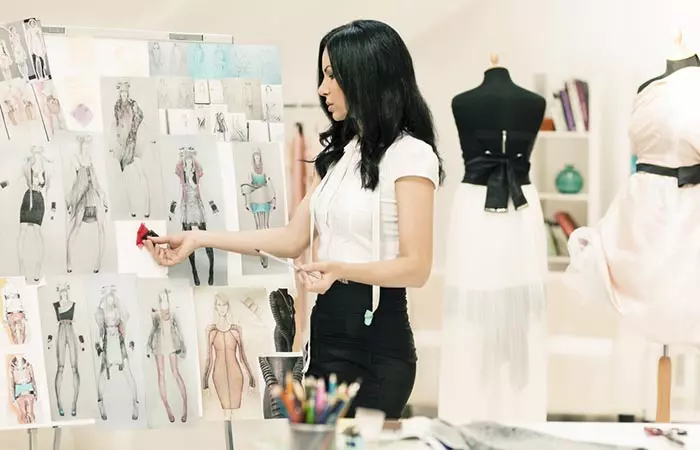
Understand the demographics and the target audience. In fact, this is something you need to know even before you create your collection. Place yourself in the shoes of your target audience – think about what you would expect from a brand. That’s a great starting point and makes the process less tedious. Understanding branding, building a good portfolio, working in fashion shows – all of these processes will help you determine what kind of audience you want to cater to. Working in tandem with underlying factors is what sets you apart. Some of it you learn in theory while the rest you learn from experience.
Fashion Education & Studies
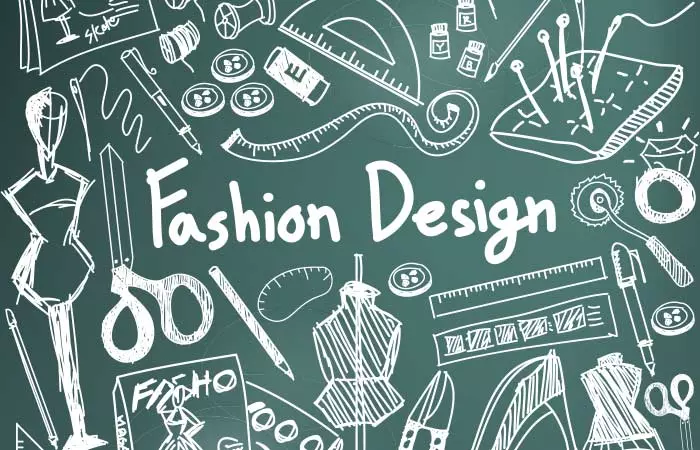
 Trivia
TriviaFashion education is an exhaustive list, and it depends on where and how you plan to take it up. Professional courses will strengthen your basics in fashion history, fashion journalism, fashion photography, fashion forecasting, and more. You could do a full-blown three or four-year graduate degree in fashion designing and then do a specialization in your Masters. Some colleges offer specializations right from graduation, while others don’t. Colleges in India and abroad now offer fashion designing specializations in MBA too. You get to choose your niche here – anything from fashion retailing, apparel management, lifestyle, and accessory designing, etc. There are also options like diploma and certifications you could do in fashion. It depends on where your interest lies and how you plan to take it ahead. Whatever it may be, fashion education propels you in the right direction.
Anna, a blogger and a student of fashion design, shared her experience of the journey through fashion school. She explained, “Apart from all the practical skills of pattern cutting which includes designing, constructing, and drawing, the most important thing I learnt was not to be afraid of doing something differently. The whole experience made me fall in love with fashion again and made me remember why I was doing it in the first place (i).”
Where Do Fashion Designers Work?
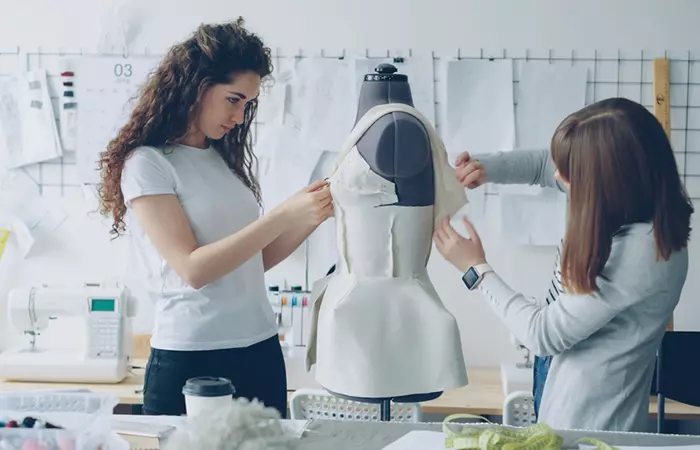
For a fashion designer, the workplace differs depending on their specialty, role, and location. Typically, they work in the office together with their team. While some designers work in boutiques or showrooms, others work for clothing manufacturers or large fashion houses. Fashion influencers and freelancers either work from their homes or hire a workspace for their small team.
People who work for big labels may have a formal or structured work environment while people working individually or in showrooms and boutiques may have dynamic workplaces with designers, tailors, and other fashion professionals working in the same office. Fashion designers may also have to travel frequently as a part of their job.
Now that you know how to become a fashion designer, what are you waiting for? It’s time to go ahead and chase your dreams.
Infographic: A Simple Guide To Becoming A Fashion Designer
Pursuing a career in fashion design can be challenging. Formal education in the subject makes the task easier since it gives you the basic foundation. However, there is no one way to do it and no set recipe for success. To make the process easier, we have created a simple guide to becoming a fashion designer in the infographic below. Take a look!

Illustration: StyleCraze Design Team
Fashion Designing is one of the most widely selected career options, and it requires a creative bent of mind. So, if you are passionate about designing clothes, enjoy sewing, love to watch fashion shows, and want to create a revolution in the world of fashion, this is your time to make your dream come true. We hope our ultimate guide has given you an overall understanding of the domain. So, now all you need to do is execute your action plan. Decide a niche, know what kind of customer you want to cater to, and then make your mark in the fashion world.
Frequently Asked Questions
What are the different types of fashion designers?
Fashion designers can focus on any of these major categories – apparel, shoes, and accessories. However, there are many subcategories in each of these.
Who are some of the top fashion designers in India?
Sabyasachi Mukherjee, Manish Malhotra, and Anita Dongre are some of the top Indian fashion designers among others.
Is it hard to become a fashion designer?
Fashion designing is a highly competitive field, as is the fashion industry. Education in fashion is demanding, and creative and physical labor is challenging. Alongside your hands-on creative skills, you will also need to develop communication, marketing, visual arts, graphic design, and general design skills.
Is fashion designing a good career?
It can be a great career if you can put in the hours and successfully develop your style. The education system can present you with amazing opportunities to network, find internships, land job offers, and learn from major names in the industry. Once you make good use of these opportunities, you can find investors who can fund all your big projects and bring them to the masses.
Do fashion designers get paid well?
Yes. Fashion is an ever-evolving industry, and it’s not dying anytime soon. Finding job opportunities through formal education is comparatively more convenient. And the more experience you gain, the more you can charge.
How do I know if fashion design is for me?
If you have a creative eye for detail in all-things fashion, you look at an ensemble and immediately know how you can make it better, and such thoughts make up most of your day, fashion designing is for you. If you are personally interested in styling, putting together a good fit, and can easily afford fashion school, just go for it. You can sharpen your skills once you get into the school.
Illustration: How To Become A Fashion Designer - A Beginner&039s Guide
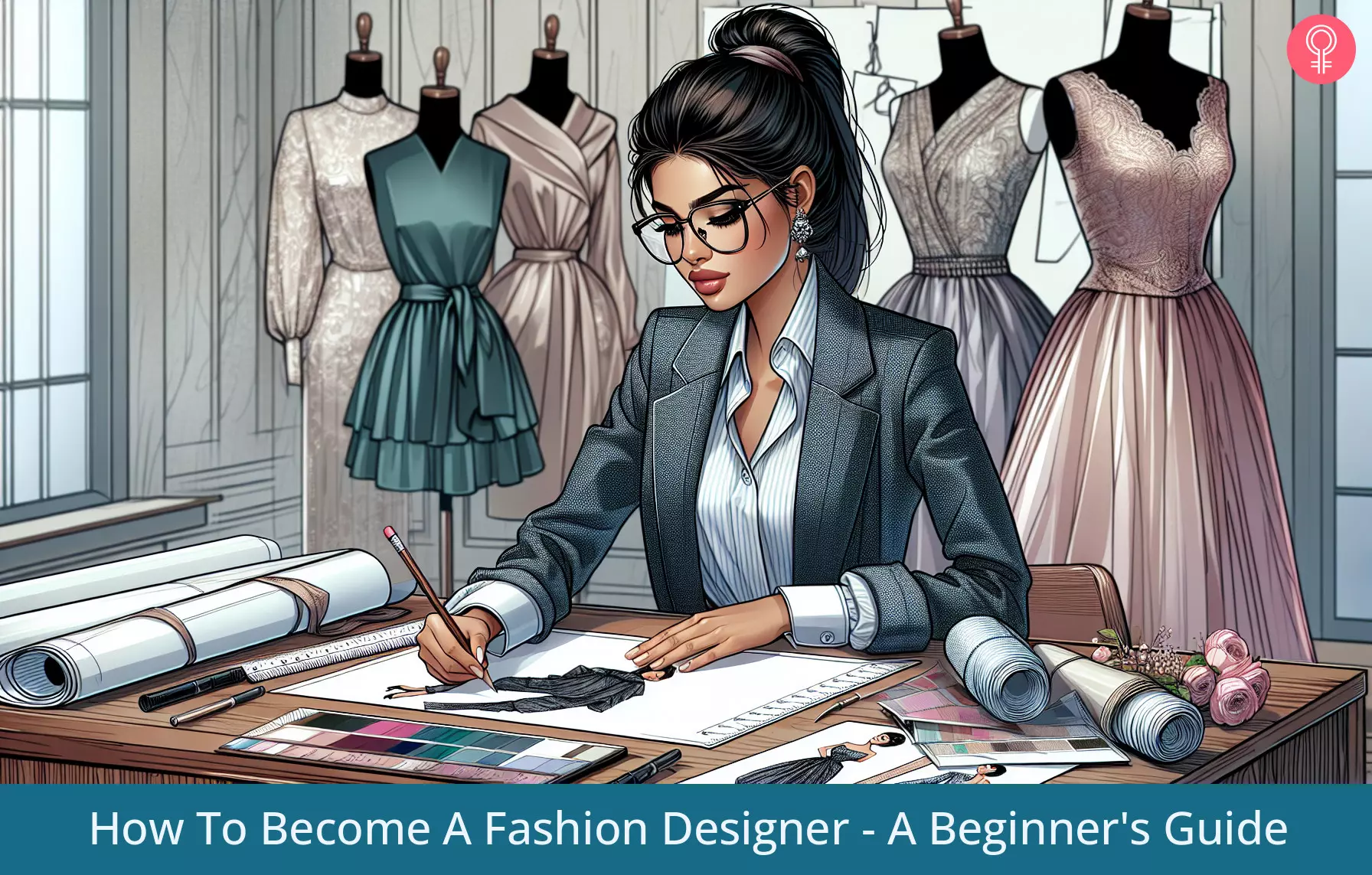
Image: Dall·E/StyleCraze Design Team
Learn how to become a fashion designer with this helpful video! Get tips on how to start your career in fashion and make your dreams come true!
Personal Experience: Source
StyleCraze's articles are interwoven with authentic personal narratives that provide depth and resonance to our content. Below are the sources of the personal accounts referenced in this article.
i. The life of a Fashion Design studenthttps://chictostreet.wordpress.com/2014/01/14/the-life-of-a-fashion-design-student/
Read full bio of Jeffrey Ampratwum
Read full bio of Pratima Ati
Read full bio of Asmita De
Read full bio of Srijita De








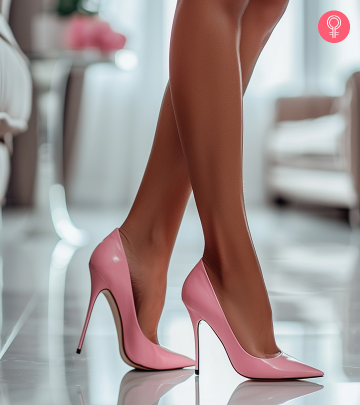
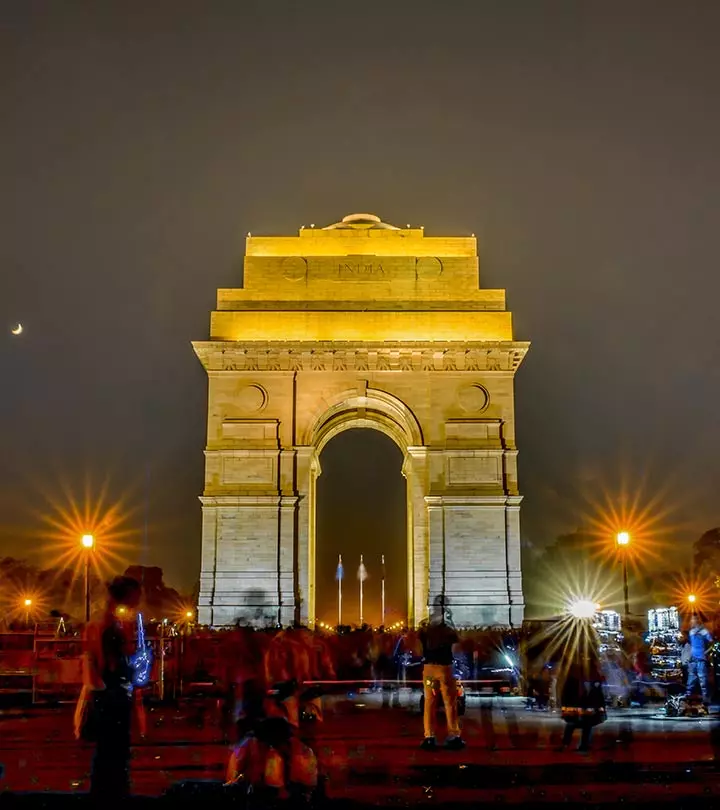
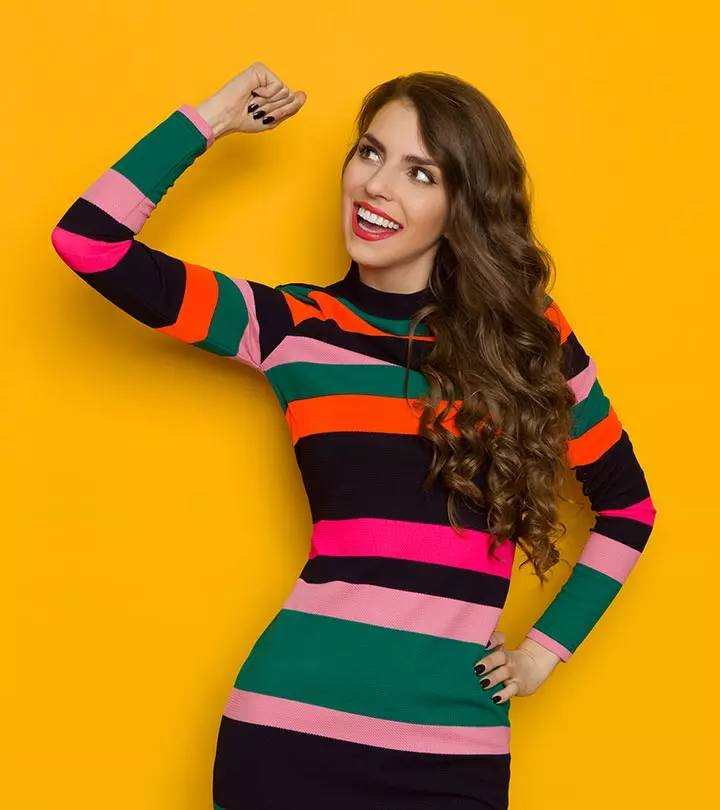
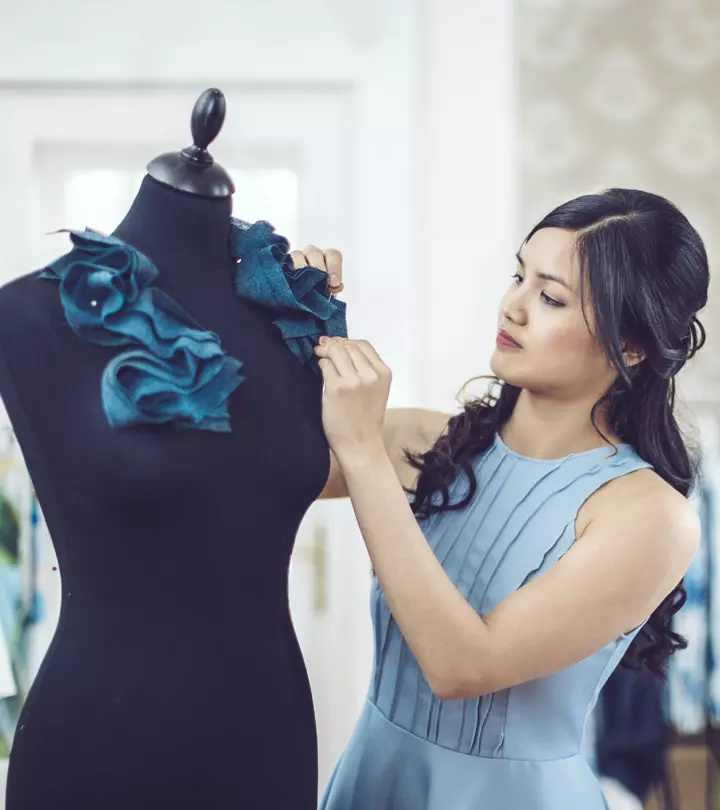
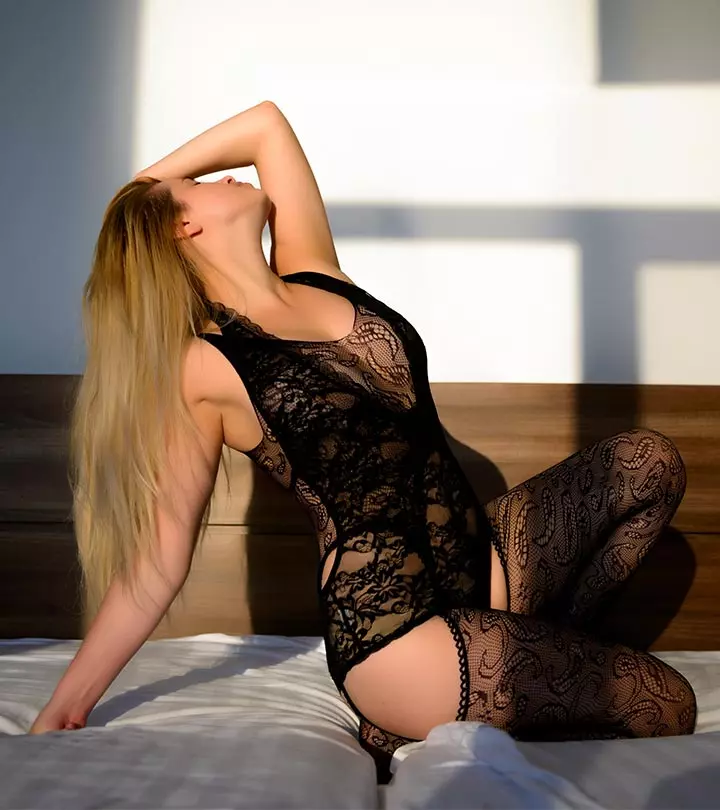
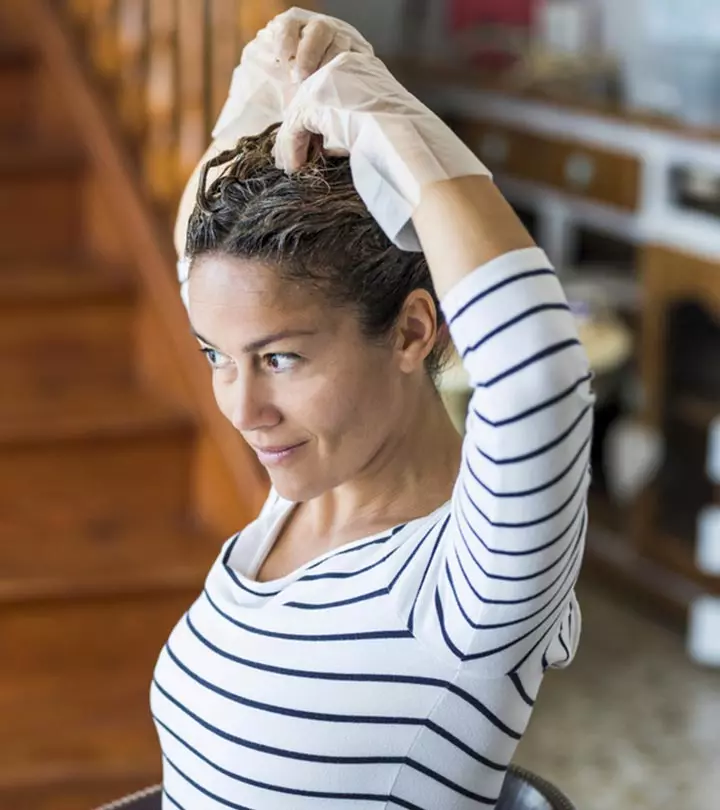

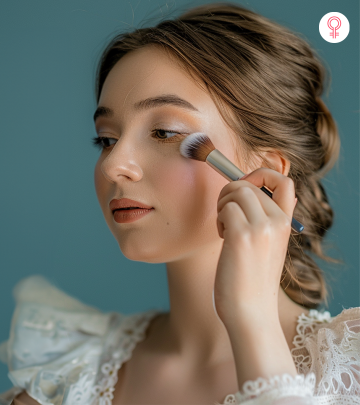
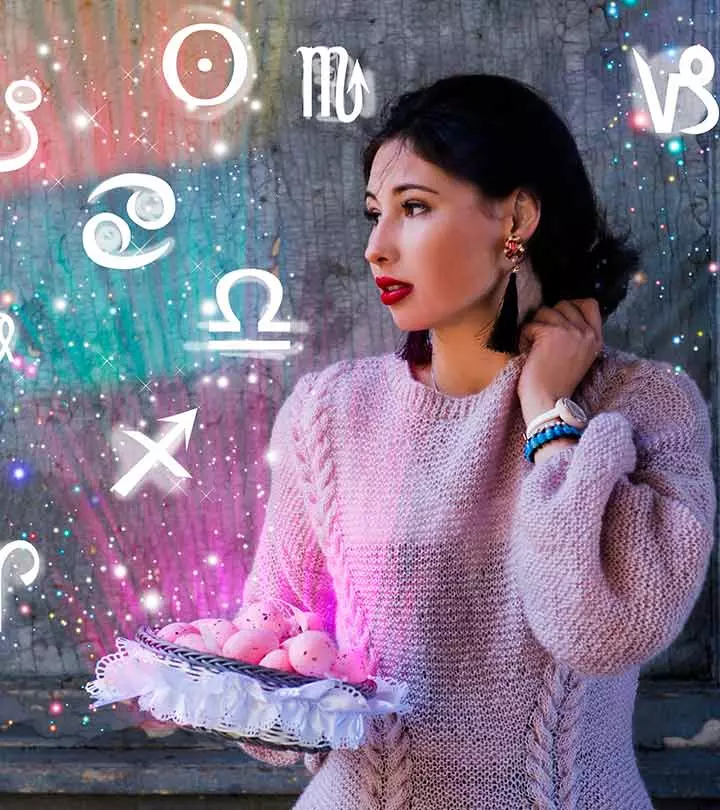


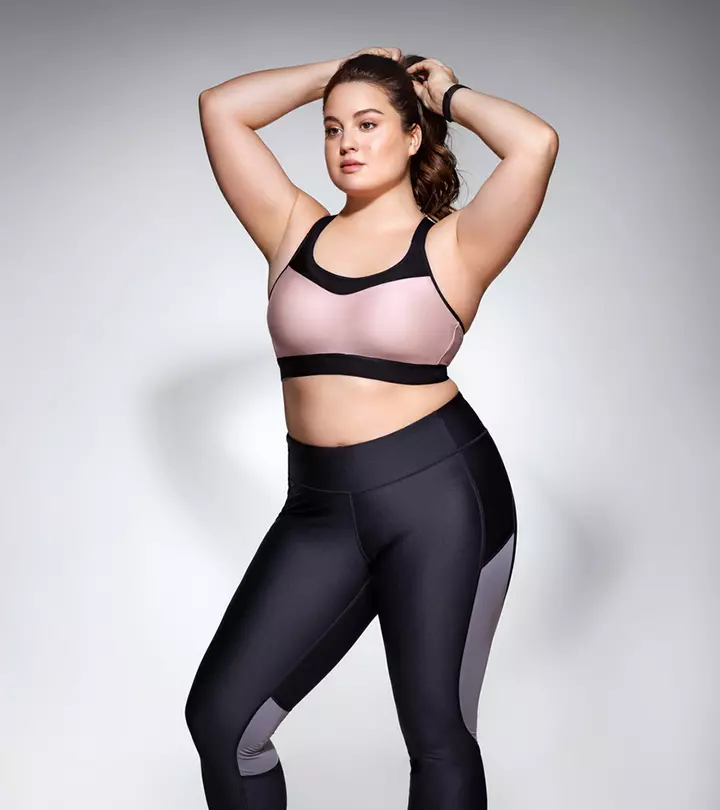
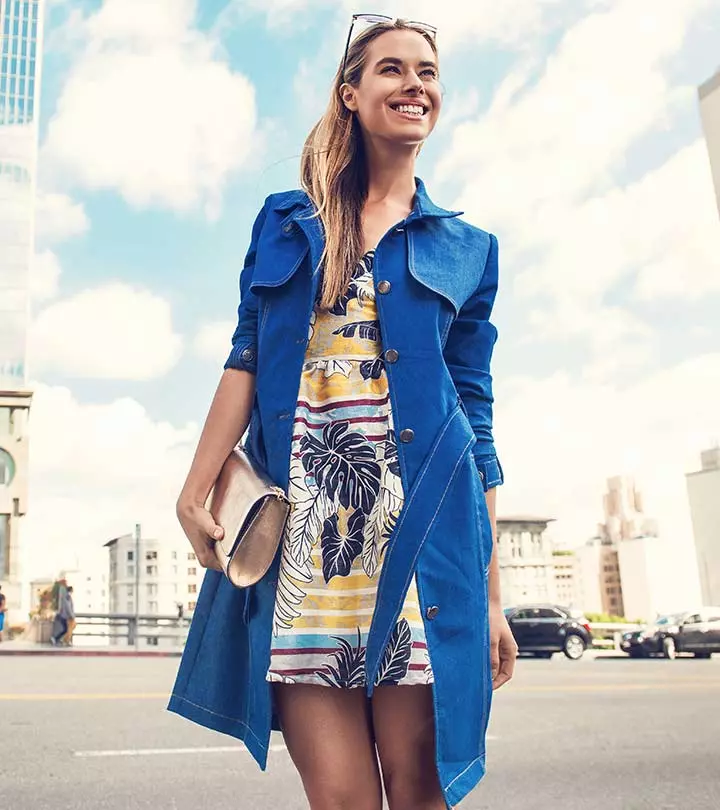
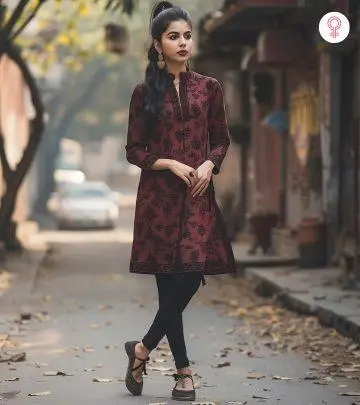
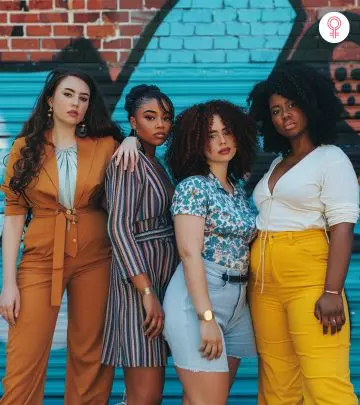
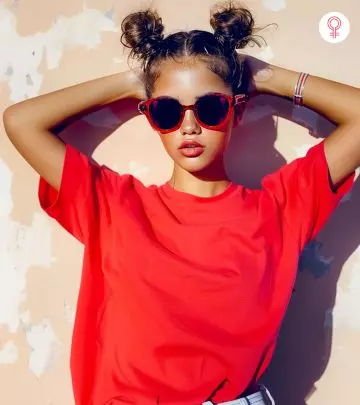

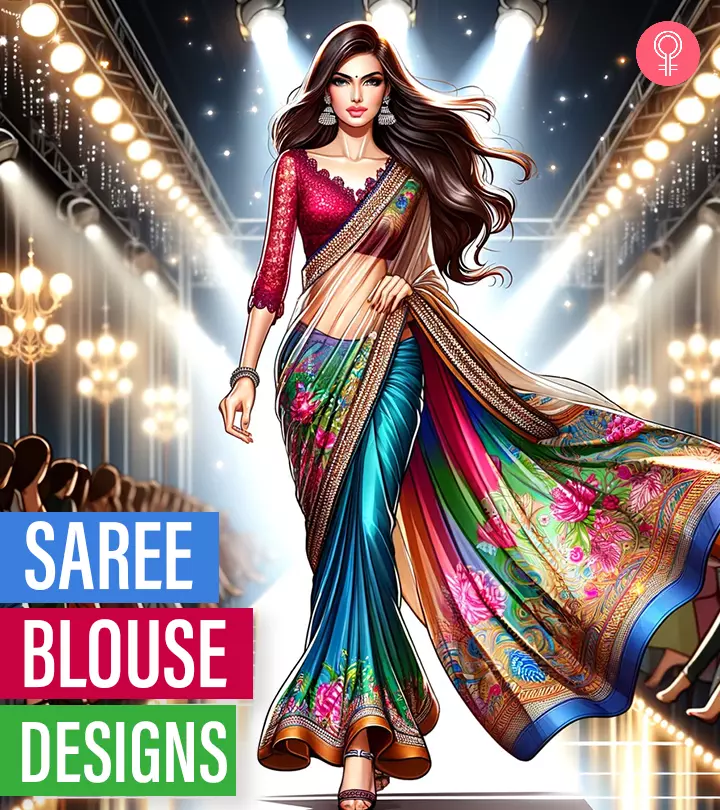
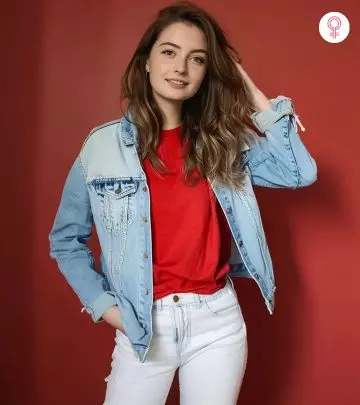
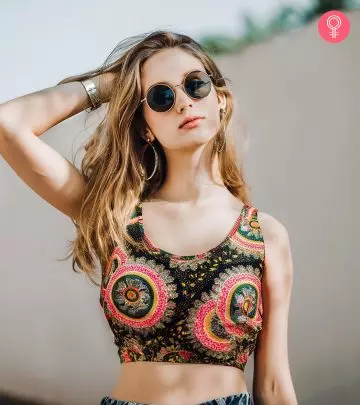
Community Experiences
Join the conversation and become a part of our empowering community! Share your stories, experiences, and insights to connect with other beauty, lifestyle, and health enthusiasts.